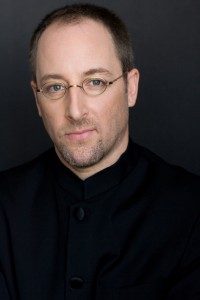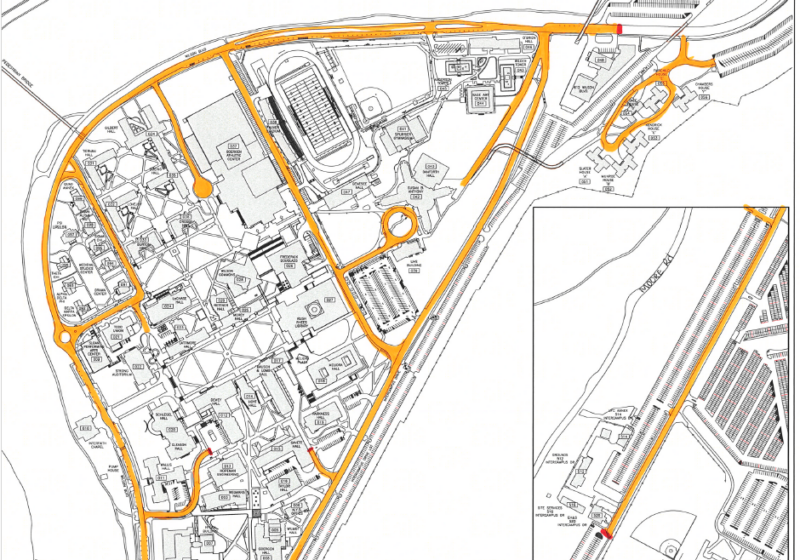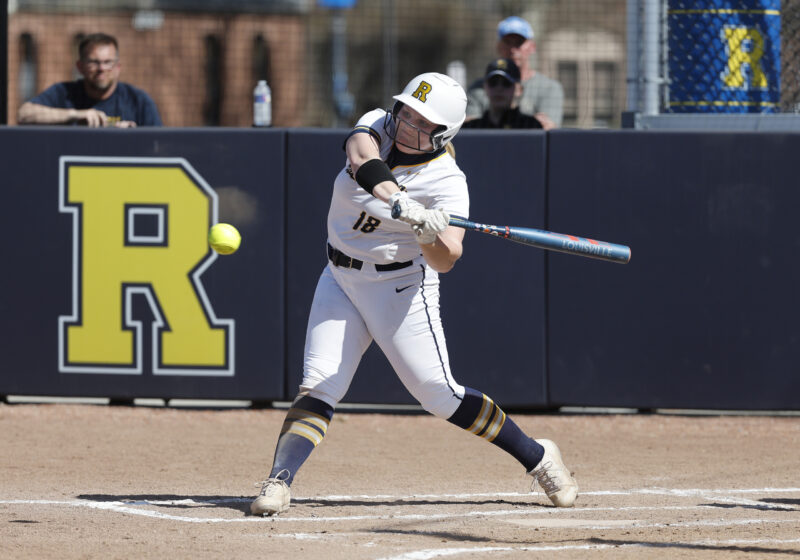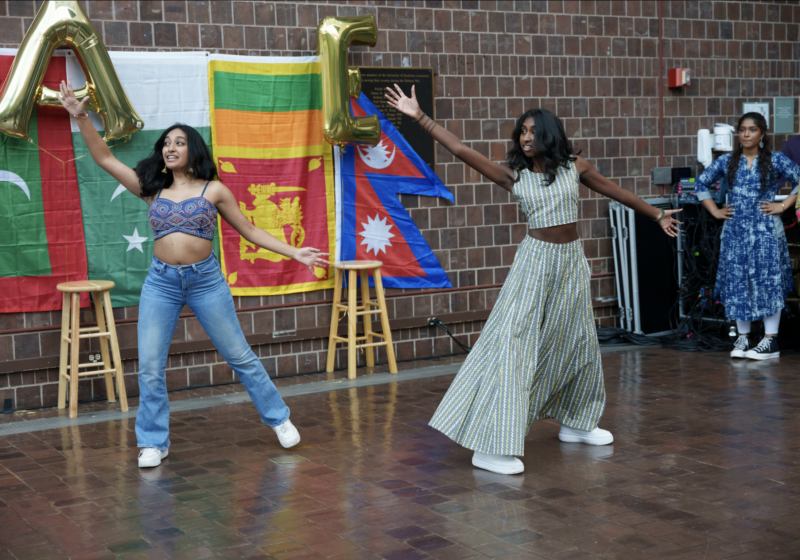There is something inherently exciting about attending a new music concert, as opposed to a performance of classical music. There’s no dress code — coat and tails are non-existent. There are no older women in mink coats carrying their toy dogs in their purses, and often you have no idea what to expect from the music.
This was the case with Musica Nova — one of the newest ensembles at the Eastman School of Music — on Friday, Nov. 11. The show was conducted by Jeff Milarsky, a guest conductor, who is world renowned for his musical innovation. Although the program wasn’t exactly innovative, it was an eclectic mix of staple composers of the 20th and 21st centuries — all of whom are still living — with works ranging from the whimsical, to the groovy and referential.
The crowds at each concert are always different, always displaying a huge variety of cultural demographics: students and hipsters are often well represented, with the occasional middle-aged connoisseur of the avant-garde making an appearance. The variety of people is best explained by the far reaching impact this music is capable of having. The repertoire for a Musica Nova concert has the potential to be a recreation of club music, or it may be entirely comprised of sounds from outer space. The unknown is precisely what draws one in for a concert of this type.
The show opened with Steven Stucky’s “Boston Fancies” (1985), a capricious stream of continuous miniature pieces. The seven connected sections alternate between impetuous surges and reflective musings. Stucky creates a meditative sense of apprehensive suspense by taking seven players through quick changes of tenor and color.
The music percolates, stops to sigh, bubbles again and allows the opportunity for the players to improvise. The imaginative flights were inventively performed by the ensemble, who gave the impression that they were not only perofmring individual parts, but were so keen and aware of each other’s musical lines that they were cohesively united as one performer. The piece’s quixotic dance rhythms were a feature that resonated most with the audience and garnered a great deal of applause as the piece came to its dreamy conclusion.
In stark contrast, the audience was moved towards a musical landscape far removed from the one they know so well when listening to Musica Nova perform Harrison Birtwistle’s “Tragoedia.” Birtwistle’s arrangement transports our notions of music beyond our own century, simultaneously referencing and negating the glowing pathos of human subjectivity and heroism and replacing it instead with the antiquated notion of neither sorrow nor catastrophe but literally that of a “goat song,” the tune of one who is to be sacrificed.
The complexity of the work is staggering, even with its sleek lilting dance references during the inner movements. The performance suffered from a lack of consistency in this piece, though. The inversion of 19th century tragedy is difficult to feel when there is a clamor for the right harp pedals, or an unintentional harmonic clash due to missed or early entrances. In this, Milarsky showed his world-class composure and brought the ensemble together as the piece continued.
Every mishap or misunderstanding that was had in “Tragoedia” was more than avenged in the performance of the final piece of the evening, Magnus Lindberg’s “Corrente” (1992). This work for large ensembles is based on the baroque dance form, and a smooth harmonic sea dominates in the first portion, while, towards the end, a rugged dance-like ostinato overtakes the musical texture. The subtly shifting overlay of the ostinati, as well as the gradual changes within them, produces a shimmering continuum of perpetually renewing polyrhythms, which float across the music’s delicate surface.
The string players ripped and shredded though passages; the vibraphone rang and clanged through swift passages; the piano gushed through rapid-fire gestures and the horns belted cries of fury. Rarely do you see a student ensemble play with such passion and precision. The audience rushed to holler cries of praise and applause, and there’s no doubt that the ensemble appreciated the four curtain calls, each of which the players acknowledged individually.
Musica Nova’s variables are style and genre rather than quality and merit, challenging their audience to hear music with a fresh perspective — a truly rewarding experience.
Frenkel is a member of the class of 2012.






